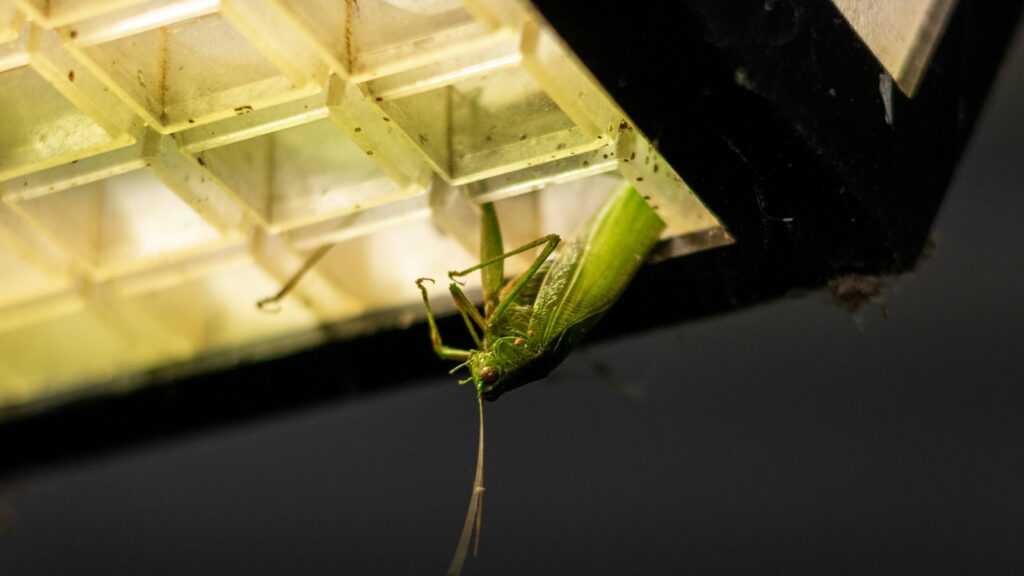Have you ever wondered why tiny insects seem magnetically drawn to your laptop, smartphone, or gaming console? The answer lies in a fascinating world where modern technology accidentally creates perfect microhabitats for some of nature’s smallest creatures. Every electronic device in your home generates heat, and this warmth acts like a beacon for countless miniature insects seeking shelter, breeding grounds, and survival advantages. From microscopic mites to barely visible beetles, these tiny travelers have discovered that our electronic gadgets offer everything they need to thrive in ways that would make any survival expert jealous.
The Science Behind Electronic Heat Generation

Electronic devices generate heat through electrical resistance, creating thermal environments that fluctuate between 80-120°F depending on usage patterns. This consistent warmth production occurs because electrical current encounters resistance as it flows through circuits, transforming electrical energy into thermal energy. The heat distribution isn’t random either – it concentrates around processors, power supplies, and charging ports where electrical activity peaks.
Modern electronics actually create multiple temperature zones within a single device, forming what scientists call “thermal gradients.” These gradients allow insects to select their preferred temperature zone, much like choosing the perfect spot in a heated room. The fascinating part is that these warm zones remain relatively stable compared to outdoor temperatures, providing insects with predictable thermal refuges that natural environments rarely offer.
Why Miniature Insects Are Attracted to Electronic Warmth
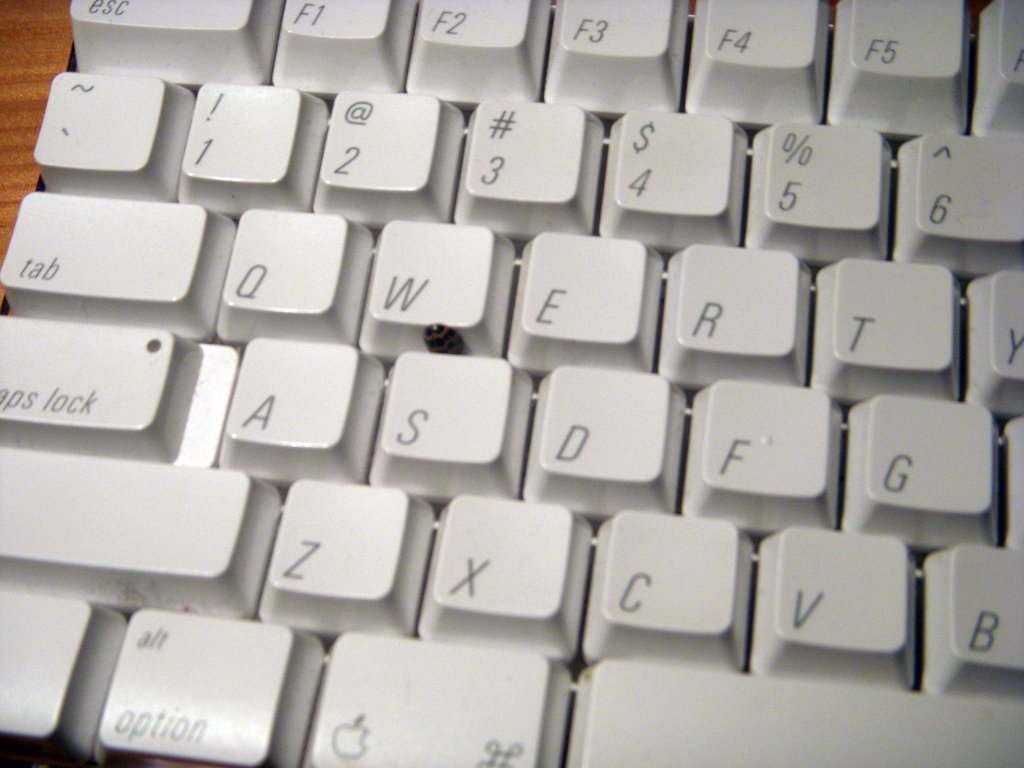
Small insects face unique challenges that larger creatures don’t encounter, particularly when it comes to thermoregulation. Their tiny bodies lose heat rapidly to the environment, making them extremely sensitive to temperature changes. Electronic devices essentially function as artificial heating systems that these insects can exploit for survival advantages.
Temperature preferences vary dramatically among different insect species, but most miniature insects thrive in the 85-95°F range that electronics commonly produce. This temperature range accelerates their metabolic processes, increases reproductive success, and extends their active periods. It’s like having a personal sauna that boosts their entire life cycle efficiency.
Common Miniature Insects Found in Electronic Devices
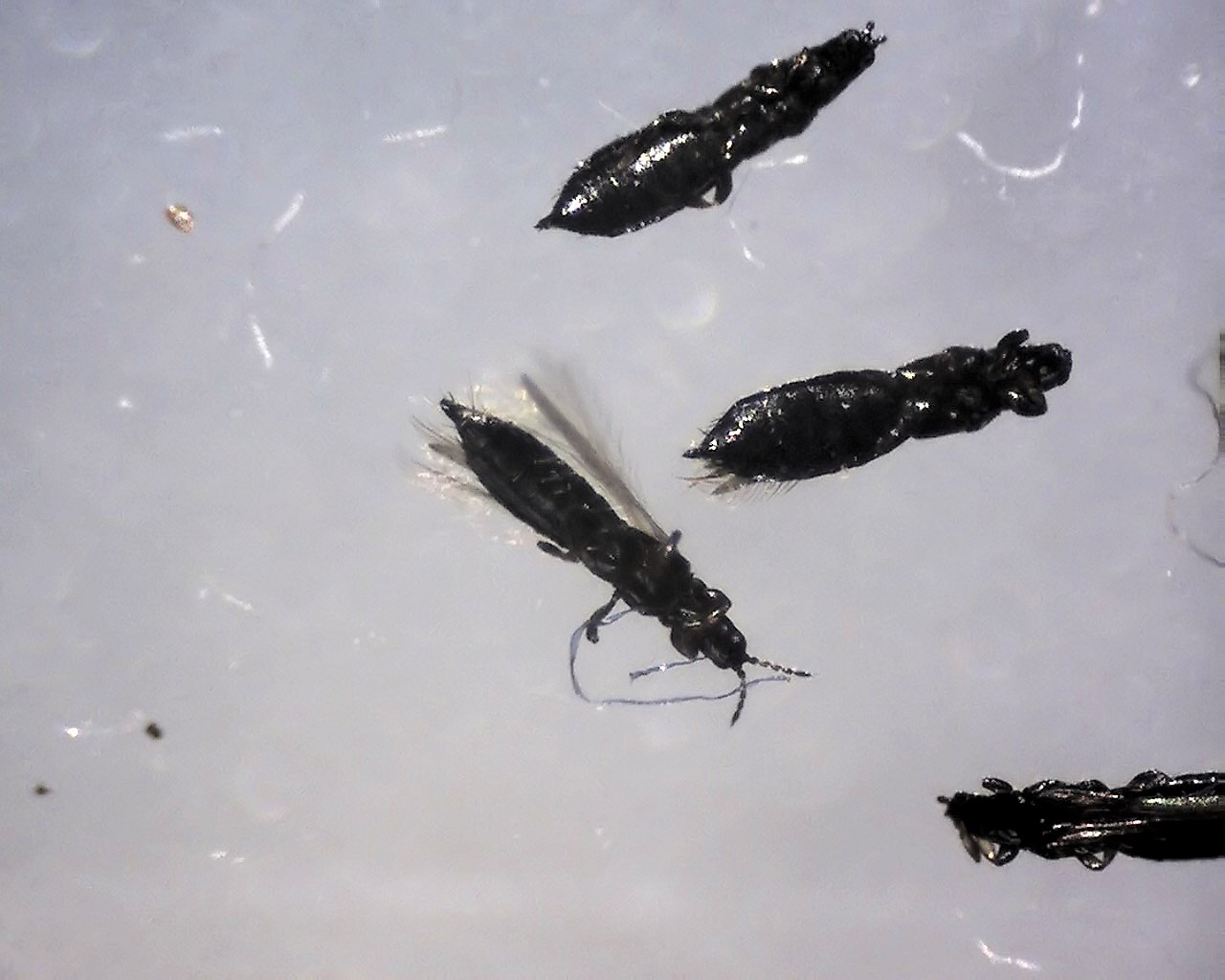
Booklice represent one of the most common electronic inhabitants, measuring just 1-2 millimeters in length and feeding on microscopic fungi and organic debris. These tiny insects often establish colonies inside gaming consoles and desktop computers where dust accumulation provides ample food sources. Their presence usually indicates high humidity levels combined with organic matter buildup.
Thrips, another frequent electronic visitor, measure around 1-3 millimeters and are attracted to both warmth and the electromagnetic fields that electronics produce. These slender insects can squeeze through incredibly small gaps and have been found living inside smartphone cases and laptop keyboards. Their ability to survive on minimal food sources makes electronics particularly attractive long-term habitats.
The Role of Dust and Debris in Creating Insect Ecosystems
![The Role of Dust and Debris in Creating Insect Ecosystems (image credits: [1], CC BY-SA 4.0, https://commons.wikimedia.org/w/index.php?curid=34704043)](https://insecthive.com/wp-content/uploads/2025/07/1752413891493_Dusty-dirty_PC.jpg)
Electronic devices accumulate remarkable amounts of organic debris over time, creating miniature ecosystems that support entire insect populations. Dust contains dead skin cells, hair fragments, food particles, and microscopic organisms that serve as food sources for various insects. This debris combines with electronic warmth to create perfect breeding conditions.
The spaces between keyboard keys, inside ventilation fans, and around charging ports become collection points for this organic matter. Over time, these areas develop into complex microhabitats where insects can feed, reproduce, and establish permanent colonies. It’s essentially like having a heated greenhouse filled with food sources in every corner of your home.
Seasonal Patterns and Electronic Insect Migration

Winter months see dramatic increases in electronic insect populations as outdoor temperatures drop and insects seek warm refuges. This seasonal migration pattern transforms our devices into temporary shelters that often become permanent homes. The consistency of electronic heat during cold months makes these devices more attractive than traditional overwintering sites.
Spring and summer bring interesting population dynamics as some insects use electronics as launching points for outdoor colonization. However, many species discover that electronic environments offer superior conditions compared to natural habitats, leading to year-round populations. This seasonal flexibility demonstrates how adaptable these tiny creatures have become to human-created environments.
How Electronics Provide Ideal Microclimate Conditions
Beyond temperature, electronics create specific humidity levels through condensation and air circulation patterns that many insects find irresistible. The combination of warmth, controlled humidity, and protection from predators creates what entomologists call “thermal refugia” – perfect survival zones. These conditions often surpass what insects can find in natural environments.
The electromagnetic fields generated by electronics may also play a role in attracting certain insect species, though research in this area continues to evolve. Some studies suggest that these fields can influence insect navigation and behavior patterns, potentially explaining why certain species seem particularly drawn to specific types of electronic devices.
The Hidden World Inside Gaming Consoles and Computers
Gaming consoles and desktop computers represent prime real estate in the insect world due to their consistent heat generation and internal space complexity. These devices often run for hours at elevated temperatures, creating stable thermal environments that insects can depend on. The internal architecture provides numerous hiding spots and pathways for insect movement.
Ventilation systems designed to cool these devices inadvertently create air currents that distribute insect pheromones and aid in mate-finding behaviors. The dust that accumulates on internal components provides both food sources and nesting materials, making these devices essentially self-contained insect habitats. Some technicians report finding established insect colonies when opening devices for repairs.
Smartphone and Tablet Insect Inhabitants

Mobile devices present unique challenges and opportunities for insect colonization due to their portability and varying heat patterns. The warmth generated during charging cycles creates temporary thermal windows that insects can exploit for rapid reproductive cycles. Screen protectors and cases create additional microspaces where insects can establish temporary colonies.
The constant human handling of these devices introduces new organic matter and creates disturbed environments that certain insect species actually prefer. Touch screens generate static electricity that can attract tiny insects, and the oils from human skin provide additional food sources. This human-device-insect interaction creates a fascinating three-way relationship that continues to evolve with technology.
Impact on Device Performance and Longevity
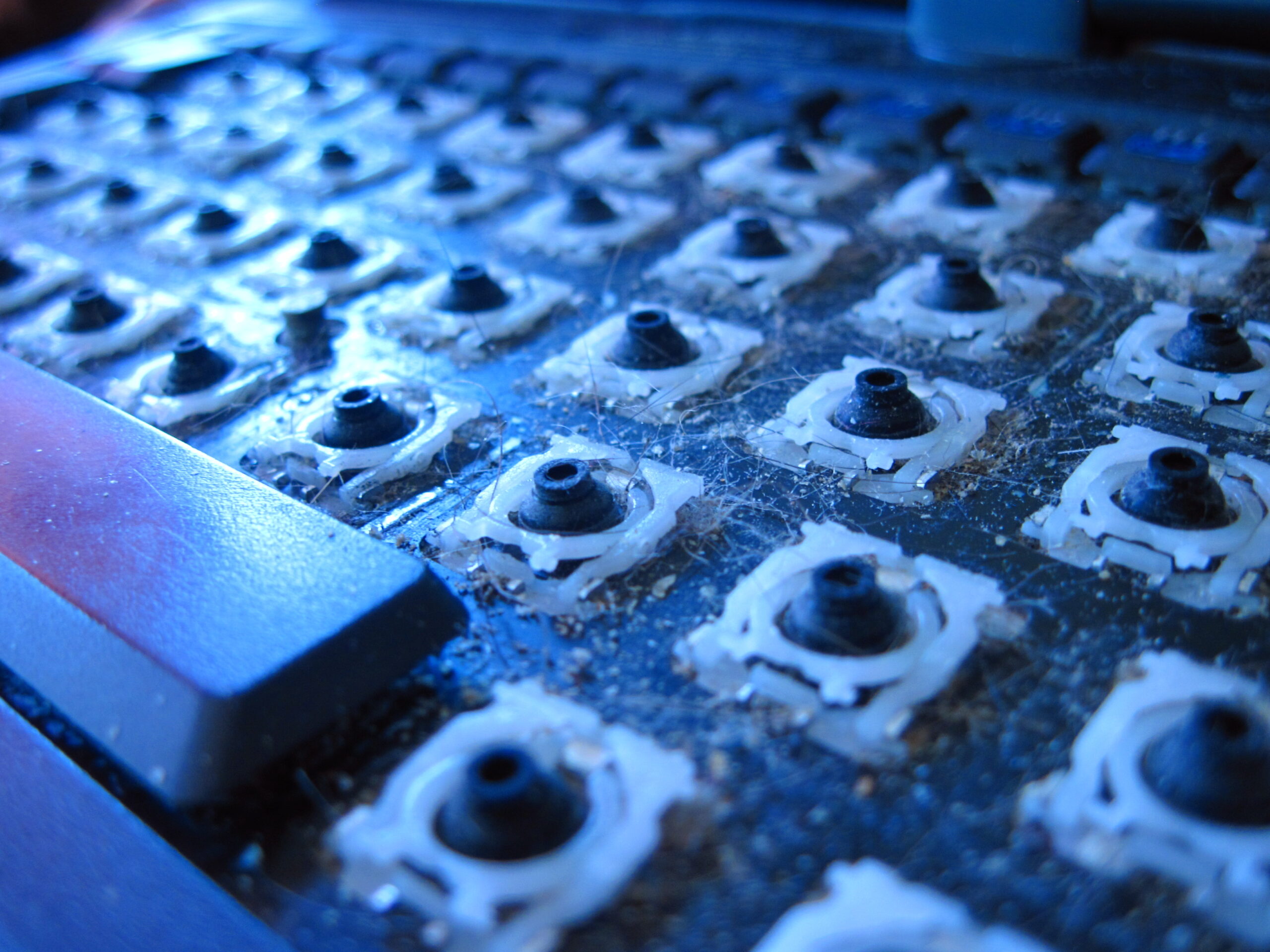
Insect populations inside electronics can significantly impact device performance through various mechanisms that most users never consider. Their waste products can corrode internal components, while their movement can interfere with sensitive circuits and mechanical parts. Dead insects accumulating inside devices can block ventilation systems and cause overheating problems.
The organic matter that insects bring into devices can retain moisture, leading to corrosion and short-circuiting issues. Some insects also have the unfortunate habit of chewing on insulation materials, potentially causing electrical failures. These impacts often develop gradually, making it difficult for users to connect device problems with insect infestations until significant damage occurs.
Natural Pest Control Methods for Electronics
Controlling insect populations in electronics requires understanding their behavioral patterns and environmental needs rather than relying on traditional pesticides. Regular cleaning and dust removal eliminate food sources and breeding sites, making devices less attractive to potential colonizers. Compressed air cleaning should be performed monthly to maintain device hygiene.
Temperature management through proper ventilation and usage patterns can make electronics less appealing to insects seeking stable thermal environments. Strategic placement of devices away from areas with high insect activity, such as kitchens and bathrooms, reduces colonization opportunities. Natural deterrents like diatomaceous earth can be used around device storage areas without damaging sensitive electronics.
Prevention Strategies for Electronic Insect Infestations
Proactive prevention involves creating barriers between insects and electronic devices while maintaining proper device functionality. Regular inspection of device ventilation areas and ports can identify early signs of insect activity before populations become established. Keeping devices elevated off floors and away from walls reduces insect access points.
Environmental controls such as maintaining lower humidity levels in rooms with sensitive electronics can make these spaces less attractive to moisture-loving insects. Proper storage of devices during extended non-use periods, including sealed containers with desiccants, prevents seasonal infestations. Understanding peak insect activity periods in your area allows for targeted prevention efforts.
The Evolutionary Adaptation of Insects to Electronic Environments
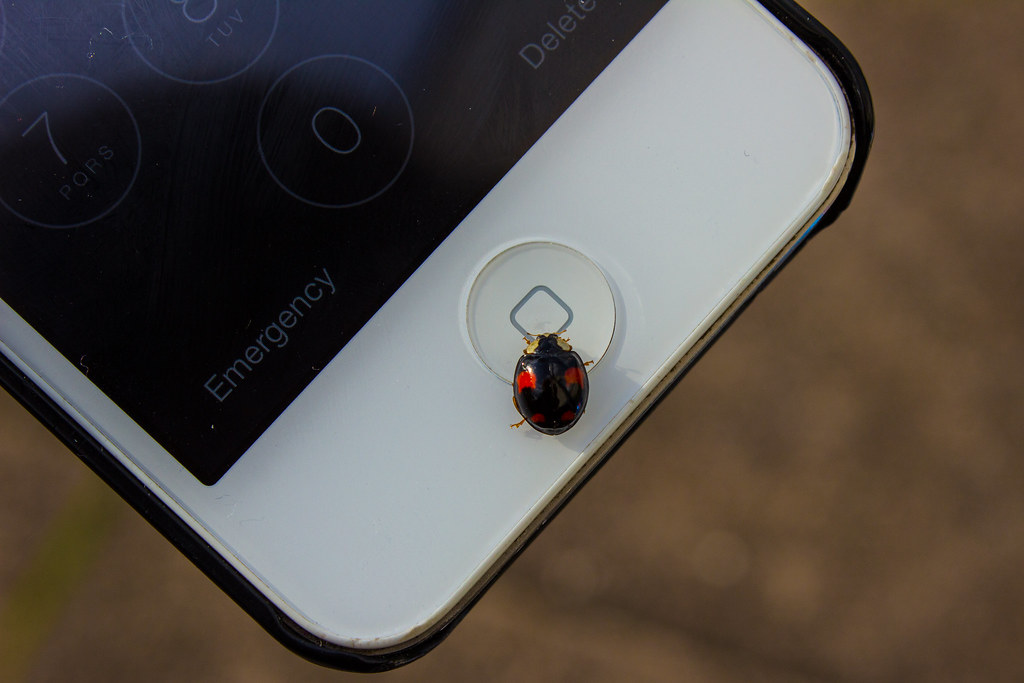
Some insect populations show remarkable adaptability to electronic environments, developing behaviors and preferences that didn’t exist before the electronic age. This rapid adaptation demonstrates the incredible flexibility of insect species in exploiting new ecological niches. Certain populations now show preferences for specific electronic brands or models, suggesting learned behaviors passed between generations.
Research indicates that some insects may be developing increased tolerance to electromagnetic fields and electronic heat patterns. This evolutionary pressure creates fascinating questions about how human technology influences natural selection processes. The speed of this adaptation suggests that electronics may be creating new ecological pressures that shape insect evolution in real-time.
Professional Intervention and When to Seek Help
Severe electronic insect infestations often require professional intervention to prevent permanent device damage and ensure complete population elimination. Professional technicians possess specialized tools and knowledge to safely disassemble devices and eliminate insect colonies without causing additional damage. They can also identify and address underlying conditions that make devices attractive to insects.
Warning signs that professional help is needed include visible insect activity around multiple devices, unusual device performance issues, and persistent insect problems despite DIY control efforts. Professional services can provide comprehensive assessments of your electronic environment and develop targeted treatment plans. The cost of professional intervention often proves less expensive than replacing damaged devices.
Future Implications for Technology Design
As awareness of electronic insect infestations grows, technology manufacturers are beginning to consider insect-resistant design principles in their development processes. Future devices may incorporate materials and design features that discourage insect colonization while maintaining optimal performance characteristics. This represents a fascinating intersection of entomology and engineering that could reshape how we think about electronic device design.
The challenge lies in balancing insect deterrence with device functionality, cost considerations, and user experience requirements. Some manufacturers are experimenting with surface treatments and internal architecture modifications that make devices less hospitable to insects. These innovations could eventually lead to a new generation of electronics that coexist more harmoniously with our natural environment while protecting both insects and technology.
The relationship between warm electronics and miniature insects reveals a complex interaction between technology and nature that continues to evolve in unexpected ways. These tiny creatures have demonstrated remarkable adaptability in exploiting the thermal environments we create, turning our everyday devices into thriving microhabitats. Understanding this relationship empowers us to make informed decisions about device maintenance, pest prevention, and the broader implications of our electronic lifestyle on the natural world. As technology advances, the ongoing dance between insects and electronics will likely produce new challenges and discoveries that reshape our understanding of both digital and biological systems. What surprising adaptations will emerge as our devices become even more integrated into daily life?

